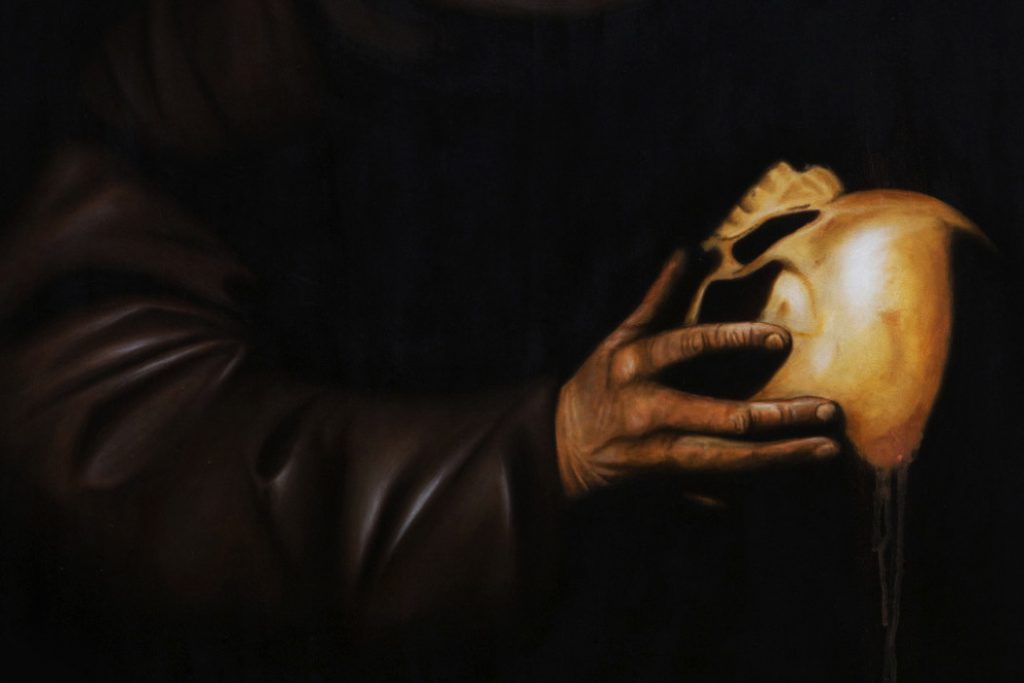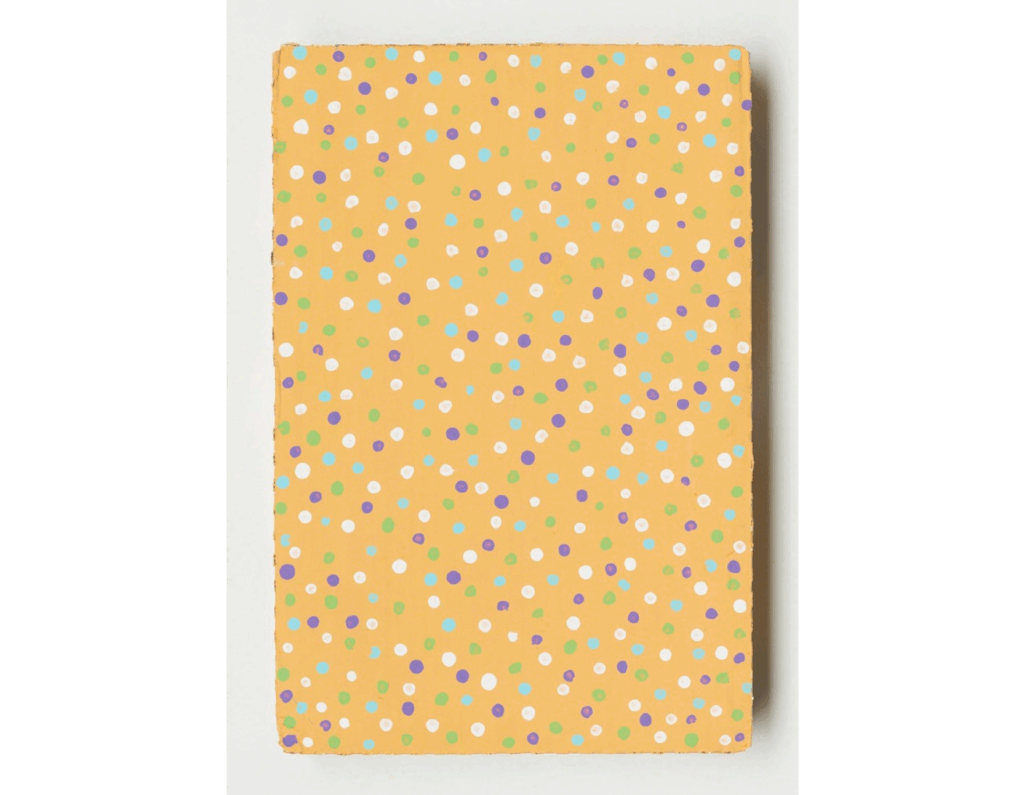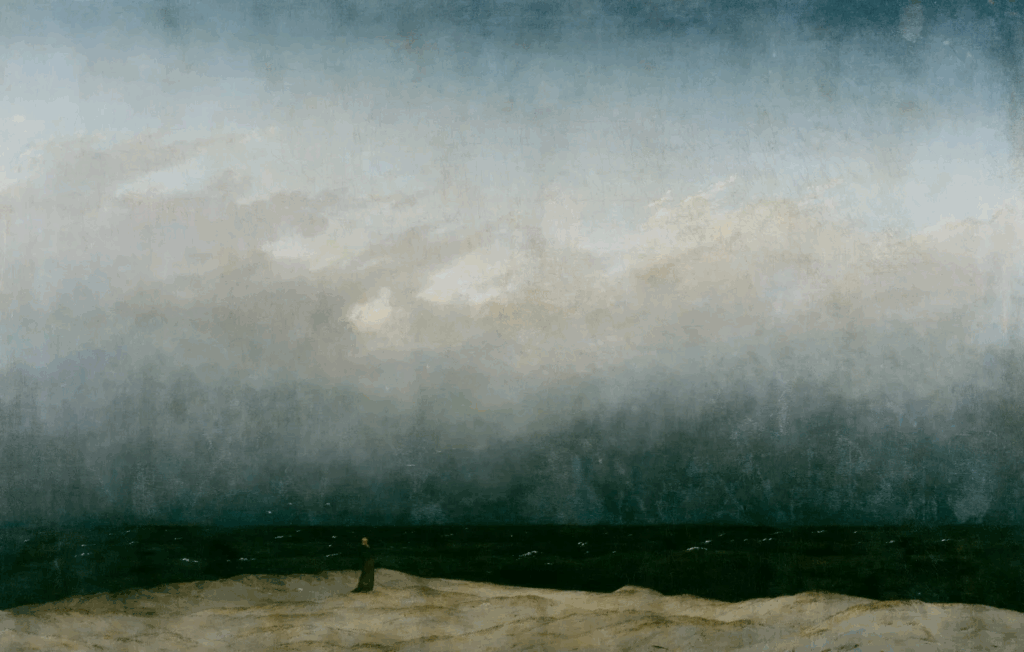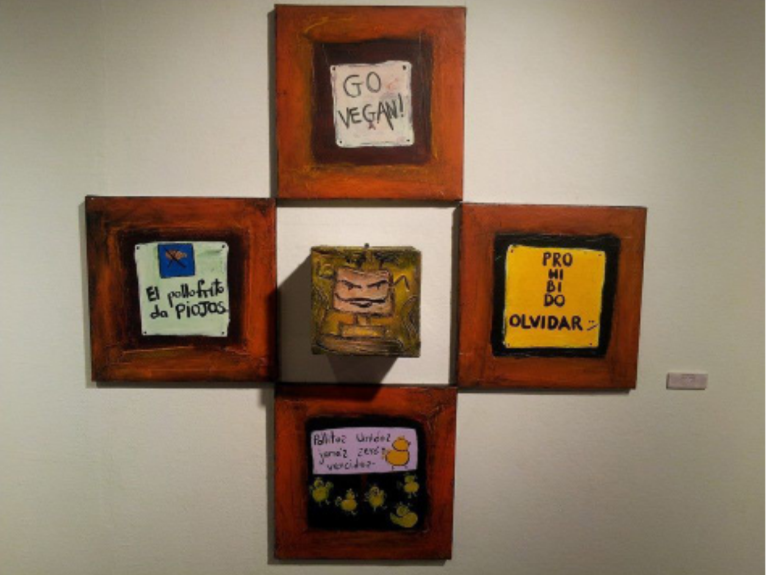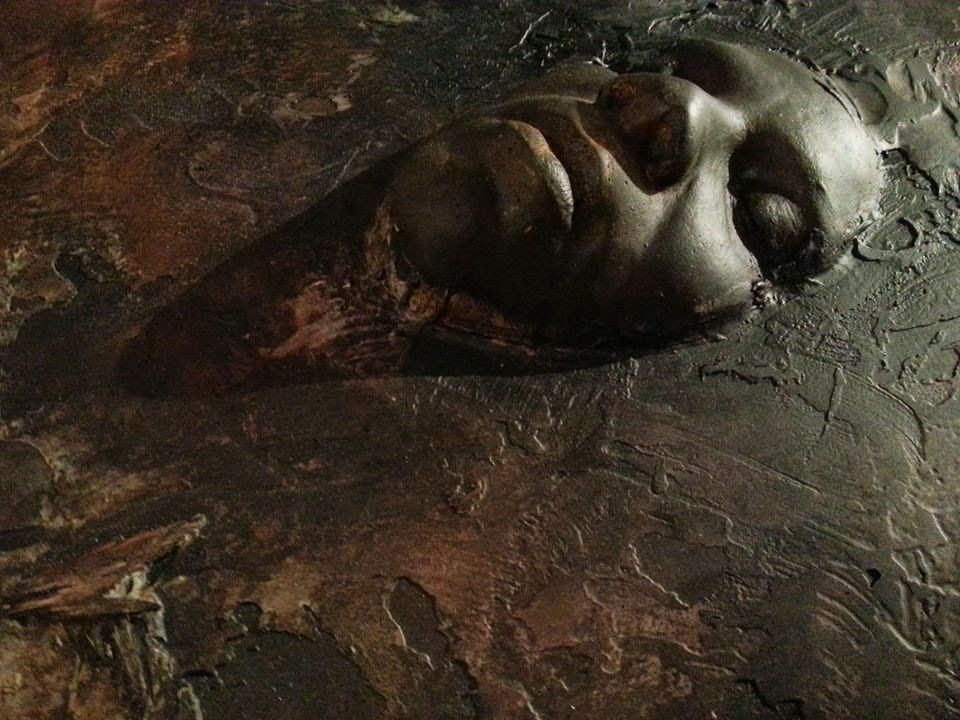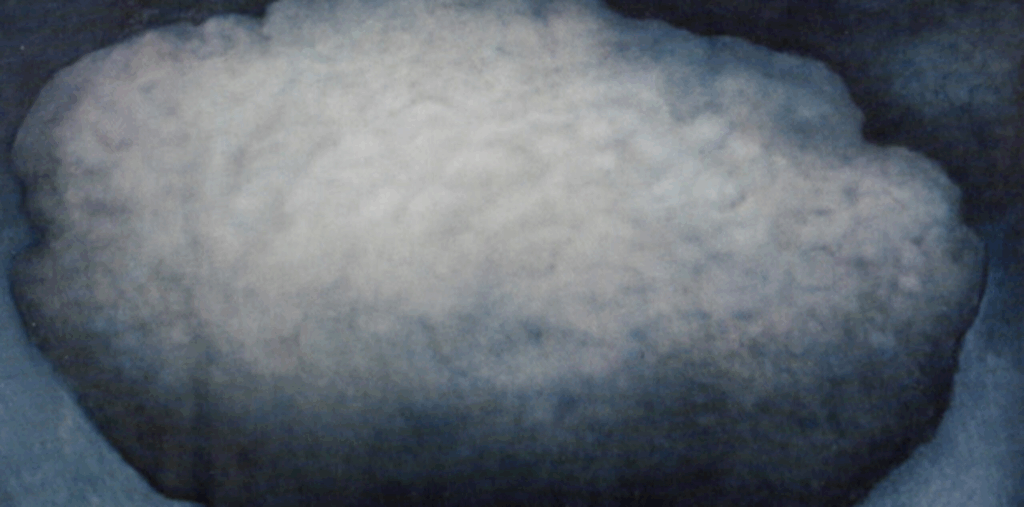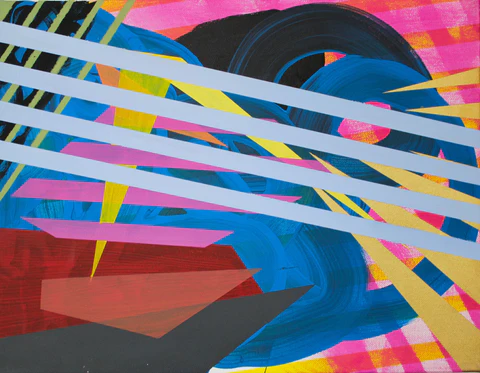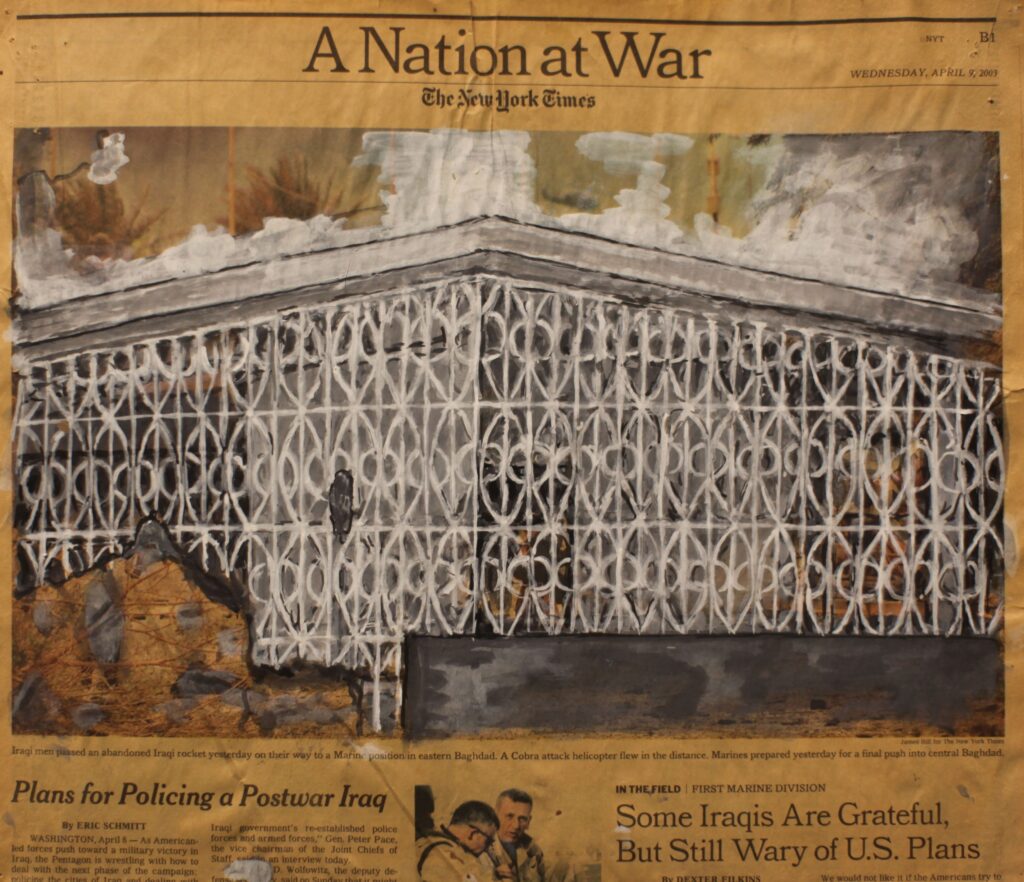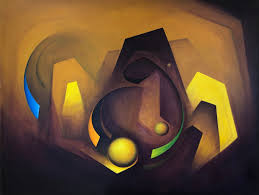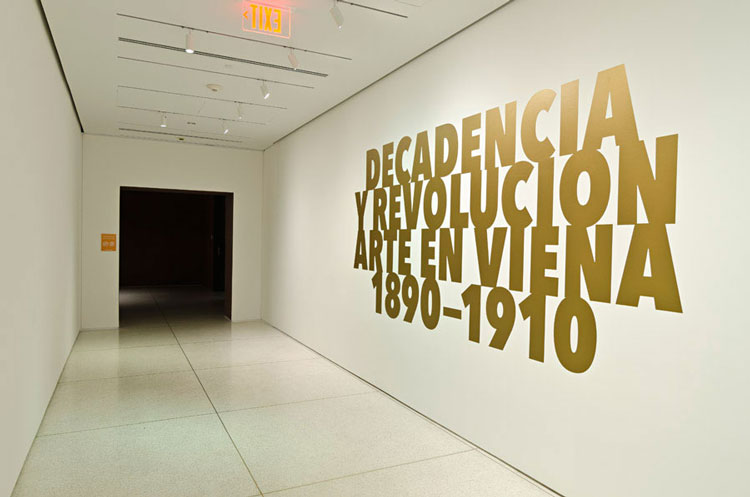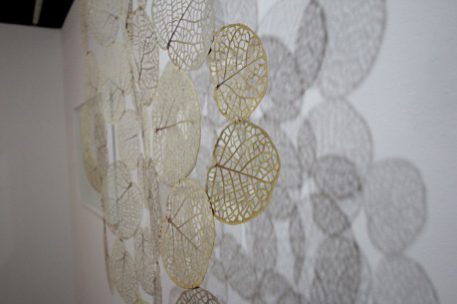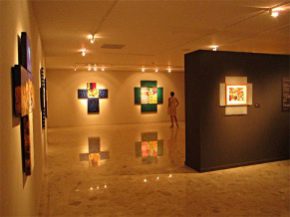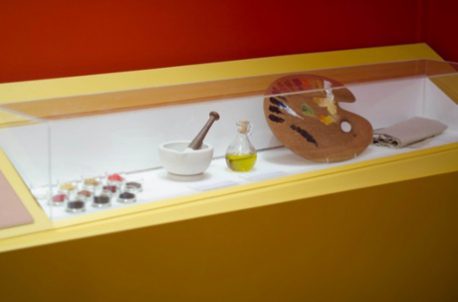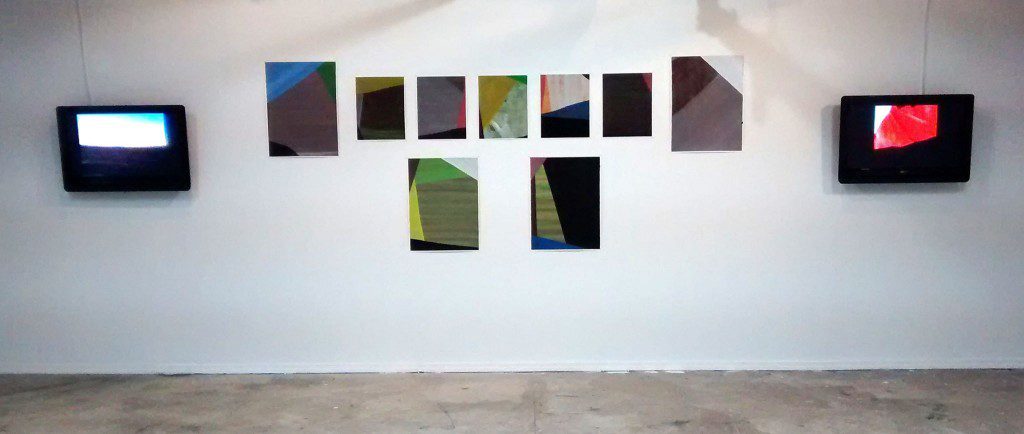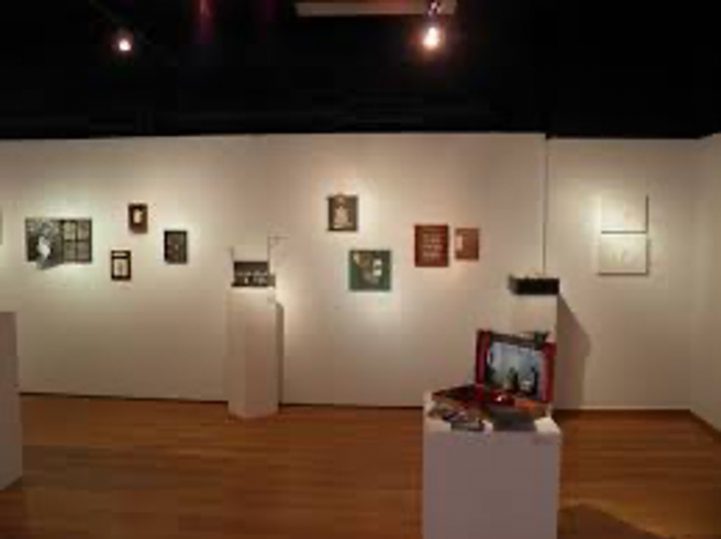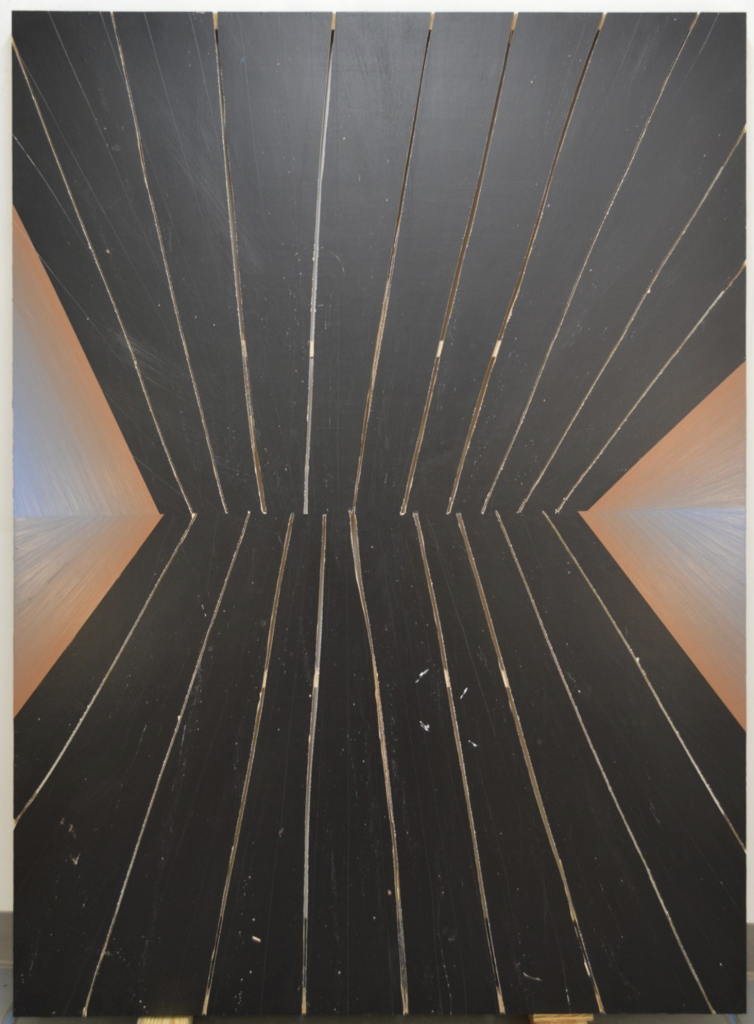Resumen: El paisaje del Ártico es el protagonista de la exhibición Drawn Into the Light / Atraídos por la luz, creada por los artistas Osvaldo Budet y Shonah Trescott. El contacto de estos creadores con la vida natural del Círculo Ártico se presenta como una invitación a reflexionar sobre el cambio climático y sobre la relación entre el ser humano y la naturaleza.
Abstract: The Arctic landscape is the protagonist of the exhibition Drawn Into the Light, created by artists Osvaldo Budet and Shonah Trescott. The contact of these creators with the natural life of the Arctic Circle is presented as an invitation to reflect on climate change and on the relationship between human beings and nature.


